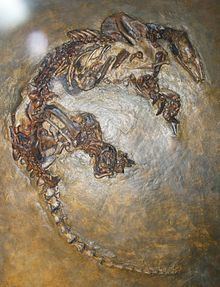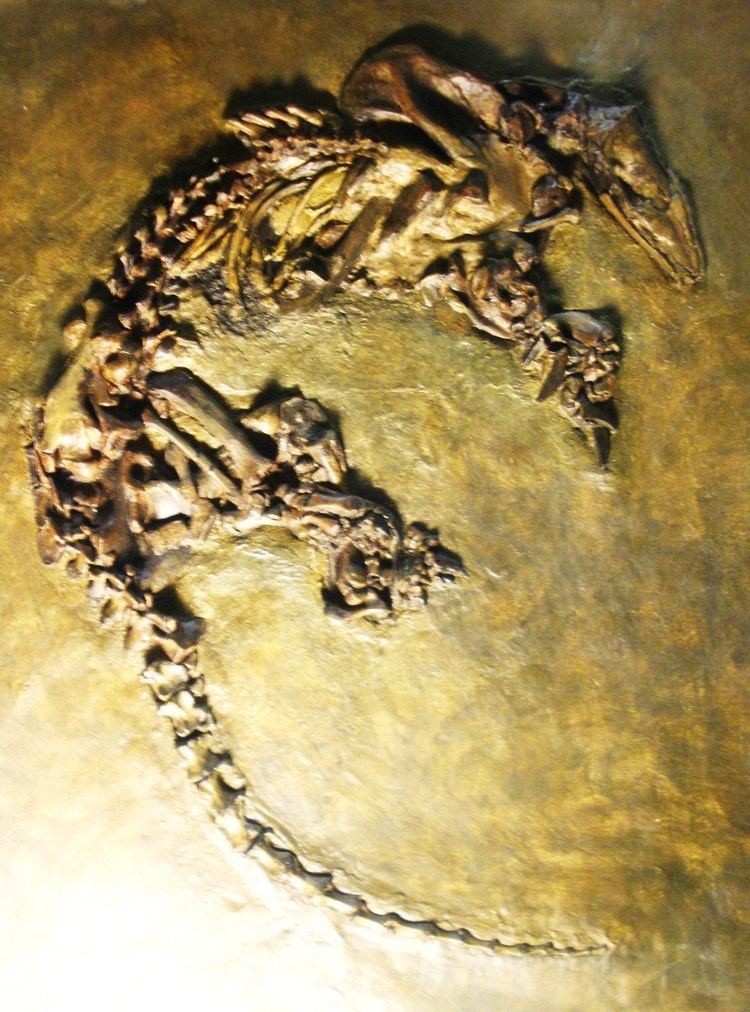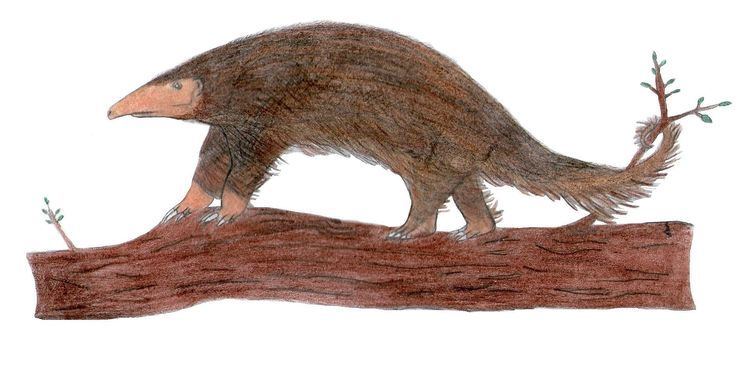Order †Afredentata Phylum Chordata | Family †Eurotamanduidae Rank Genus | |
 | ||
Similar Eomanis, Necromanis, Metacheiromys, Godinotia, Leptictidium | ||
Eurotamandua ('European tamandua') is an extinct genus of mammal that lived some 49 million years ago, during the early Eocene.

A single fossil is known, coming from the Messel Pit in southwestern Germany. It was about 90 cm (3 ft) long. It is often classified as a pangolin. When it was first discovered, it was originally thought to be an anteater, as it lacked the characteristic fused-hair scales of other pangolins. Eurotamandua's placement within the pangolins was made primarily because of a lack of the characteristic "xenarthran" joints found in all xenarthrans, such as tamanduas. Eurotamandua may still be a stem xenarthran, but likely belongs to another group entirely, the Afredentata (probably part of Afrotheria). While a distinct taxon, it is possible that Eomanis krebsi is also not a pangolin and belongs to this same group.

Paleobiology

Eurotamandua bears characteristics found in almost all ant-eating mammals: long claws, a strongly elongated snout and most likely the same long, sticky tongue. Presumably it also fed on ants and termites. The generic name comments on the strong, albeit possibly superficial resemblance to modern arboreal anteaters of the genus Tamandua, especially with its long, prehensile tail.


